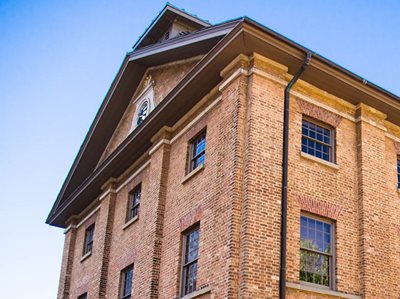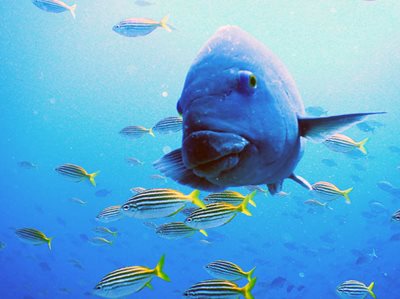Serena Copley, Liberal for Kiama. Click here for how to vote 1 Liberal.
Bringing sea horses and kelp forests back to worlds most iconic harbour
One of the largest harbour restoration projects of its kind in the world is set to commence in the iconic Sydney Harbour to reforest and restore marine habitats for penguins, seals, seahorses and turtles.
Minister for Environment James Griffin said a $9.1 million NSW Government initiative will help restore Sydney Harbour to bring back lost biodiversity, improve water quality and increase carbon storage.
“Celebrated Australian writer Clive James reminisced about our magnificent Sydney Harbour, likening it to ‘crushed diamond’, and we want to restore that same brilliance to the habitats that lie beneath the surface,” Mr Griffin said.
“Sydney Harbour is a modern, working harbour at the beating heart of our city, but the effects of urbanisation and industrial activity have resulted in the loss of marine habitats and the species that call them home.
“While Sydney’s water quality has significantly improved in recent decades, so much so that we all delight at sightings of whales and seals in the Harbour, there’s no better time to supercharge our restoration efforts.
“By installing hundreds of Living Seawall panels and replanting seagrasses and kelp forests in at least nine locations, we’ll be restoring critical habitat for marine life like the endangered White’s Seahorse, Little Penguins, Green Turtles and seals.
“The ocean is critical for marine and human life, providing every second breath we take. This harbour conservation and restoration project is one of biggest of its kind and demonstrates our commitment to improving our environment for generations to come.”
The NSW Government’s $9.1 million Seabirds to Seascapes project includes three elements:
- Restoring Sydney Harbour’s marine ecosystems by installing Living Seawalls, and replanting seagrass meadows and kelp forests
- Supporting the future of Little Penguins in NSW by conducting the first ever statewide Little Penguin census to better understand their population size and how they’re responding to threats such as climate change
- Helping Fur Seals thrive as a species by conducting a Seal Survey to identify their preferred habitat, breeding grounds, diet and key threats.
Seaweeds such as Crayweed provide critical habitat and food for marine life. They also act as underwater forests, capturing carbon and creating oxygen.
However, Crayweed completely disappeared from the Sydney metropolitan region from Palm Beach to Cronulla in the 1980s due to pollution, and has never returned.
Seabirds to Seascapes is being led by the NSW Department of Planning and Environment, in partnership with experts from the Sydney Institute of Marine Science (SIMS), Taronga Conservation Society Australia and NSW National Parks and Wildlife Service.
SIMS Chair Peter Cochrane said his ambition is that this project can be applied elsewhere.
“Urbanisation has converted more than 50 per cent of Sydney Harbour’s natural shoreline into built structures and introduced many environmental stressors that have degraded aquatic habitats,” Mr Cochrane said.
“Despite that, we’re fortunate that the foundations for habitat repair still exist and we have the world-class science to guide this project.”
More than 85 per cent of people in NSW live within 50 kilometres of the coast, and coastal tourism employs more than 142,000 or about 24 per cent of employees working in the coastal zone, so protecting the blue economy has never been more important.
The NSW Environmental Trust is granting $6.6 million to the project, with partners contributing a further $2.5 million in kind.
The Seabirds to Seascapes project builds upon existing management of threatened and protected marine species through the $184 million Marine Estate Management Strategy and the $175 million Saving Our Species program.
Find out more at environment.nsw.gov.au/seabirds-to-seascapes
Related Articles: #EnvironmentandHeritage


